There will be a nearly perfect alignment of the sun, Earth and Pluto when this outer world reaches its yearly opposition on July 12, 2018. On that date, someone with a telescope on Pluto could watch the Earth transit (cross in front of) the face of the sun. The video above – from David Dickinson of the blog AstroGuyz – shows the Earth and moon crossing the sun’s face as seen from Pluto’s surface on July 12. The video shows the approximately 10-hour event at 3,000 times real time.
Transits of Earth seen from Pluto are exceedingly rare. There hasn’t been one since 1931, the year after Clyde Tombaugh discovered Pluto. In this post, we talk about why they’re so rare, and how the transit might look from Pluto, if there were any beings on Pluto to witness it.
After 2018, because of the eccentricity of Pluto’s orbit, it will be another 161 years until the next perfect alignment opportunity and another transit of Earth from Pluto.
Of course, no one will see the 2018 transit of Earth from Pluto … at least, not to our knowledge!
But professional astronomers have been preparing for more than a year for this rare event. They intend to watch Pluto around the time the transit is taking place – using the Hubble Space Telescope and ground-based facilities including Magellan and SOAR in Chile, and Mount Palomar in California – because such perfect alignments of our world with other worlds create what is called an opposition effect.
Read more about how astronomers will study Pluto during this event.
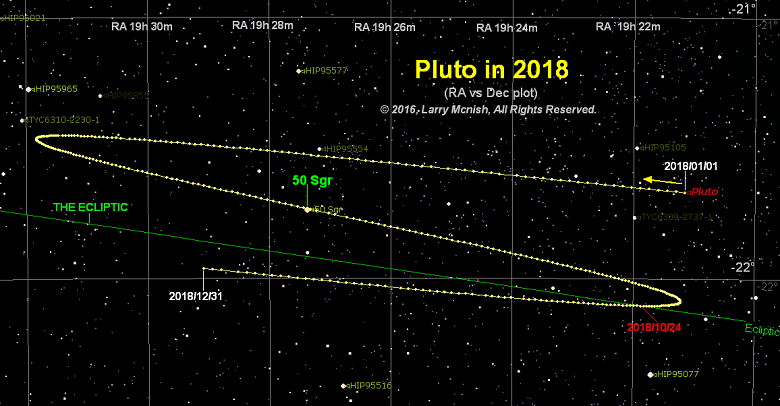
Here’s why transits of Pluto are rare. Earth goes more or less between the sun and Pluto every year. This is Pluto’s yearly opposition, and it happens yearly because Earth goes around the sun yearly; hence, every year, we go between Pluto and the sun but not precisely between. That is the July 12 event, the opposition.
Transits of Earth – when Earth is directly between Pluto and the sun at opposition – take place only when Pluto is near what is called the line of nodes around the time of opposition. Look at the image below. The line of nodes is the intersection between the orbital plane of Pluto (purple) and that of Earth (white). Because Pluto’s orbital period is nearly 250 years in length, node crossings are rare, and because Pluto’s orbit is eccentric, they occur in 87- and 161-year intervals.
If a planet is near one of the intersection points at the time of its yearly opposition, it’s then in a near-perfect alignment with the Earth and sun.
Such is the case in 2018.

Pluto reaches opposition on July 12, 2018. It will cross the ecliptic (Earth’s orbital plane) at its descending node on October 24, 2018. The coincidence is close enough that someone on Pluto would see the Earth passing in front of the sun for nine hours and 55 minutes on July 12.
It won’t be an absolutely perfect alignment or a central transit, because the Earth will pass, at its closest, within 18 arcseconds of the sun’s center on July 12 at 14:22 UTC.
Some six months after the transit – when Pluto is in conjunction with the sun on January 11, 2019 – the sun will occult (cover over) our planet Earth as viewed from Pluto.
Next year, at the Pluto opposition of July 14, 2019, it’ll be a near miss for a transit, with the Earth passing a touch north of the sun.
Pluto last crossed the ecliptic at its ascending node on September 9, 1930, in the same year that Clyde Tombaugh discovered Pluto (February 18, 1930). As seen from Pluto, the Earth barely skimmed the far-northern part of the solar disk at the opposition of January 9, 1930, and passed in front of the southern part of the solar disk during the opposition of January 11, 1931.
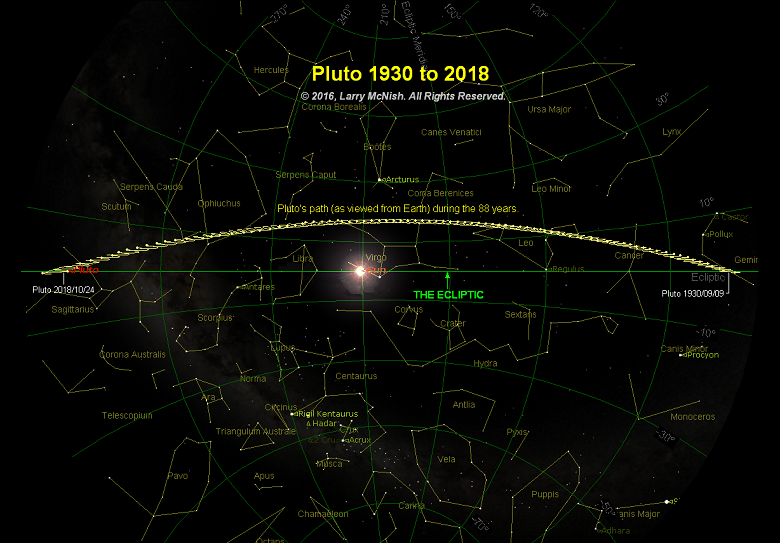
Would it be possible to view the transit of Earth from Pluto?
Since the sun appears so small from Pluto – with Earth itself appearing as a pinpoint – the Earth transit would surely require special equipment to be viewed by astronomers on Pluto.
From Pluto, the sun’s apparent diameter is 57 arcseconds. That’s about 33 times smaller than the sun’s apparent diameter as viewed from Earth. Nonetheless, the sun’s apparent diameter from Pluto still exceeds that of any planet in Earth’s sky (except for Venus, when at and near inferior conjunction).
Telescopes on Pluto – equipped with solar filters – would be able to resolve the sun as a disk. How hard would it be to see the transit? It’d likely be quite a bit more difficult than spotting a shadow transit of a Galilean moon on the cloud tops of Jupiter from Earth.
The sun would appear some 1,000 times fainter from Pluto than on Earth. Even so, the sun is some 400,000 times brighter than the full moon in Earth’s sky. That means, even from Pluto, the sun would shine hundreds of times more brilliantly than the full moon.
Resources:
More Mathematical Astronomy Morsels by Jean Meeus, pages 303-306
Royal Astronomical Society of Canada: Pluto crosses the ecliptic in 2018
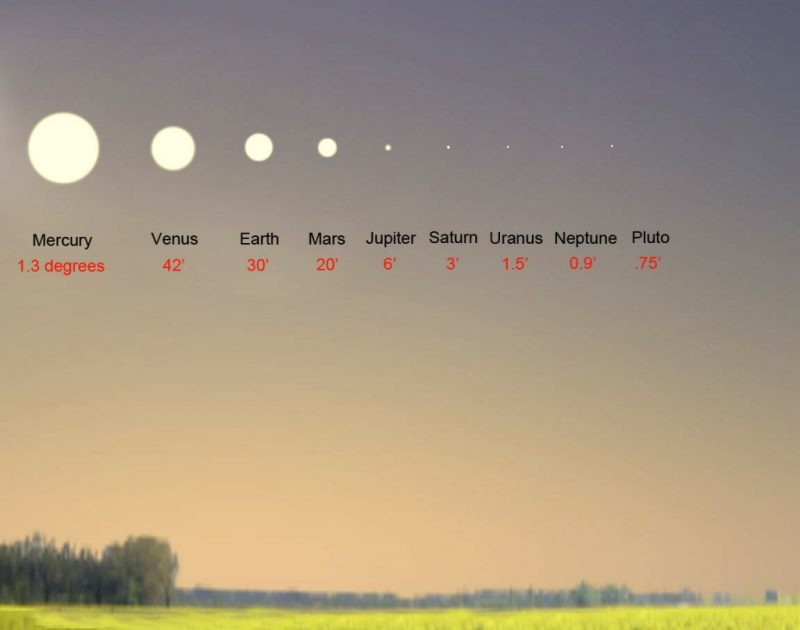
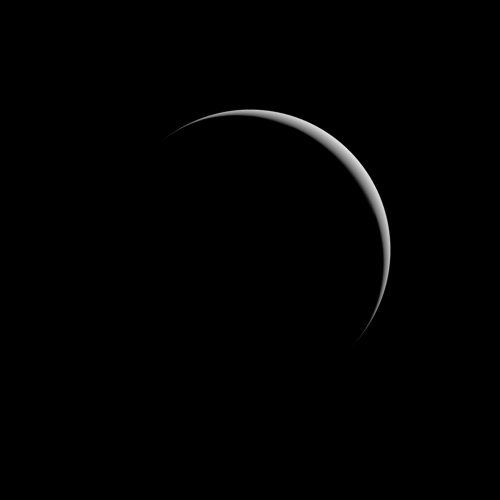
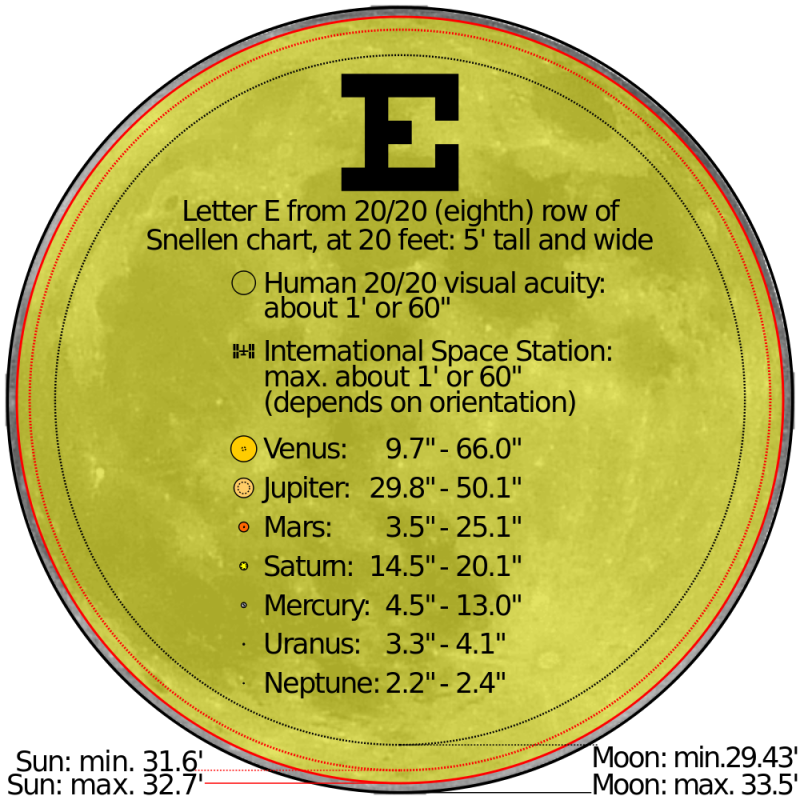
Bottom line: Earth will transit – cross the sun’s face – on July 12, 2018, as seen from Pluto. It hasn’t happened since 1931. It won’t happen again for 161 years.











